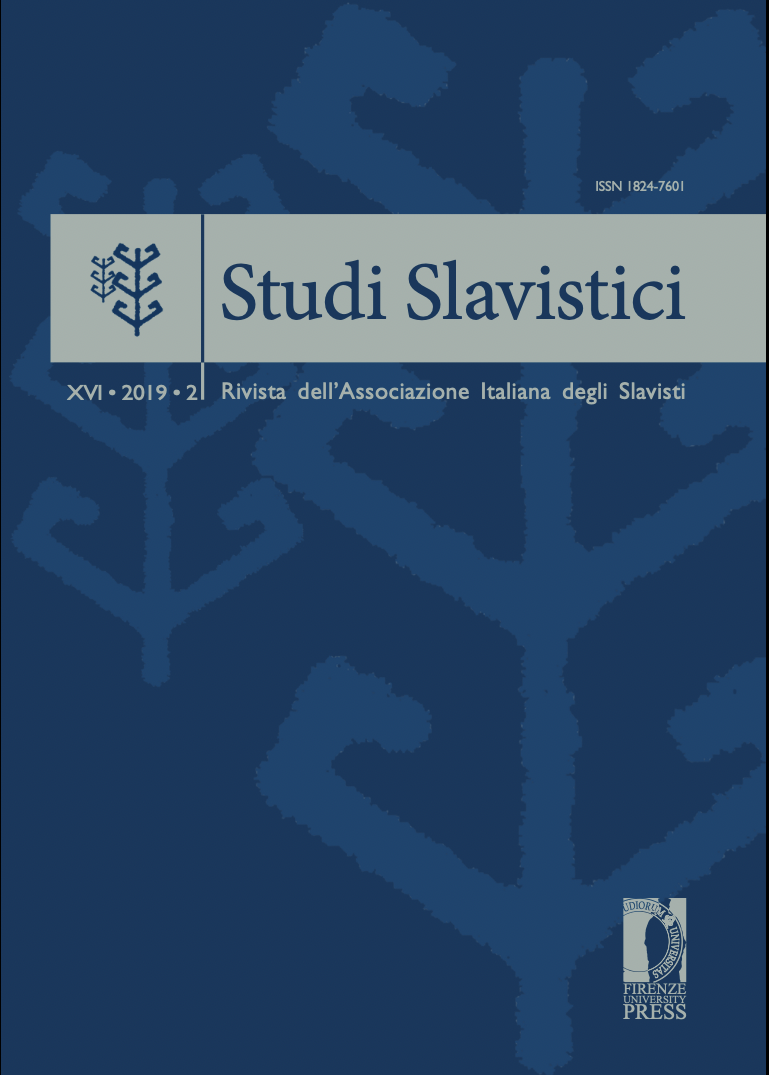Abstract
Asymmetries Between L1 and L2: a Challenge in the Teaching of "Language and Translation"Language teaching is deeply connected to the cognitive and brain sciences. The attribution of meaning of linguistic messages depends on the interaction between the communicant’s brain and the external world. The interaction is based on the cognitive and emotional experience shared by a L-community. Competence in L2 is acquired by the development of an internal data base of contextualised .units of living speech. (Lurija 1976). L2 teaching is particularly successful when the L2 units are inscribed in memory by means of the functionally equivalent L1 units. Selection of the L1/L2 correspondent units is due to the principle of markedness: each unit of L1 has a functional equivalent in one and only one unit of the L2. Because of the interlingual asymmetries (a set of Italian/Russian examples is given), functional equivalence differs from morphosyntactic and lexical equivalence. The competency in ascribing a degree of markedness to each linguistic unit needs the regular implicit acquisition of the L2 intonational and prosodic system; the processes of the metalinguistic conscious reflection are instead a .hindrance. to the procedural acting of a “living speaker”.


